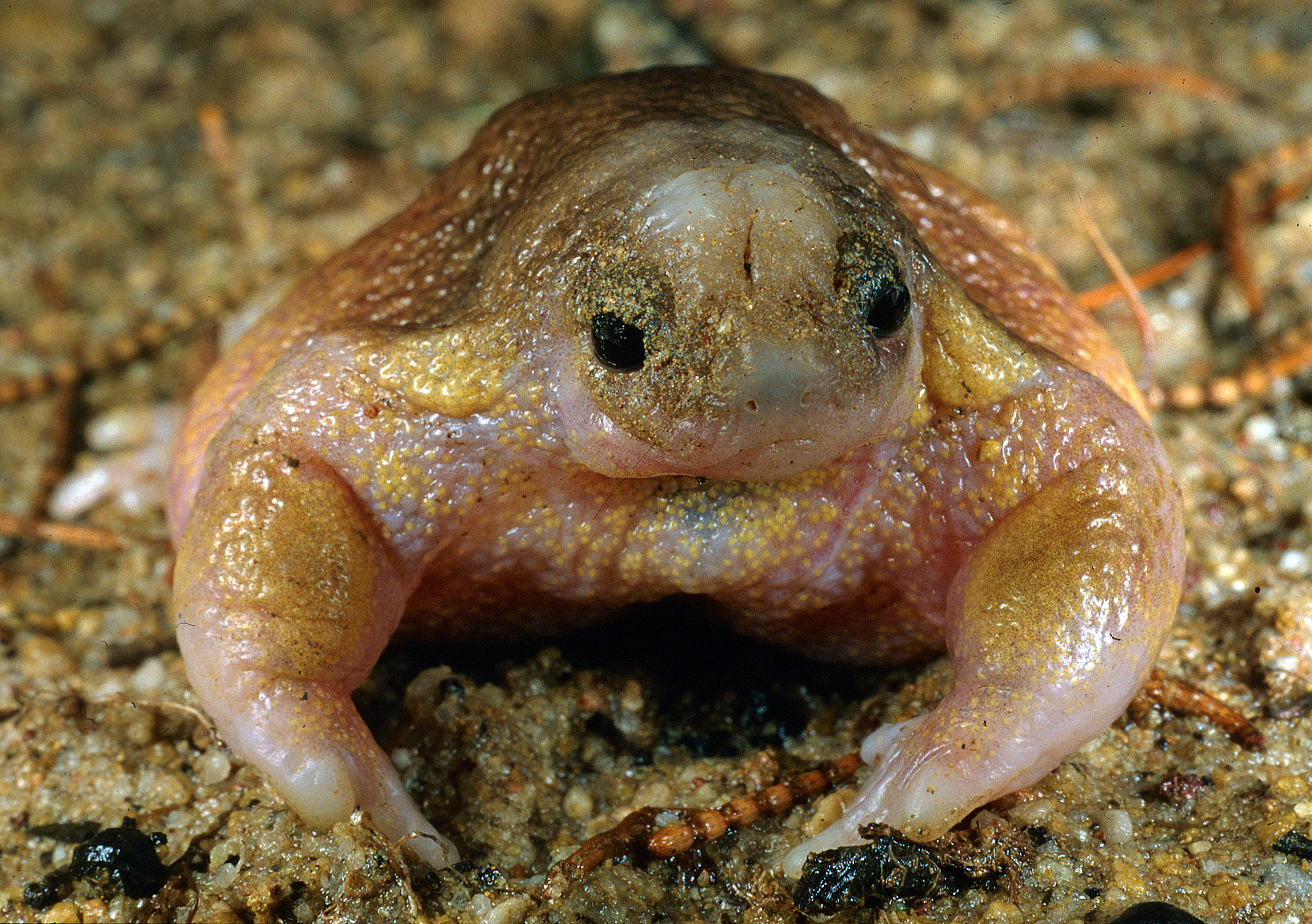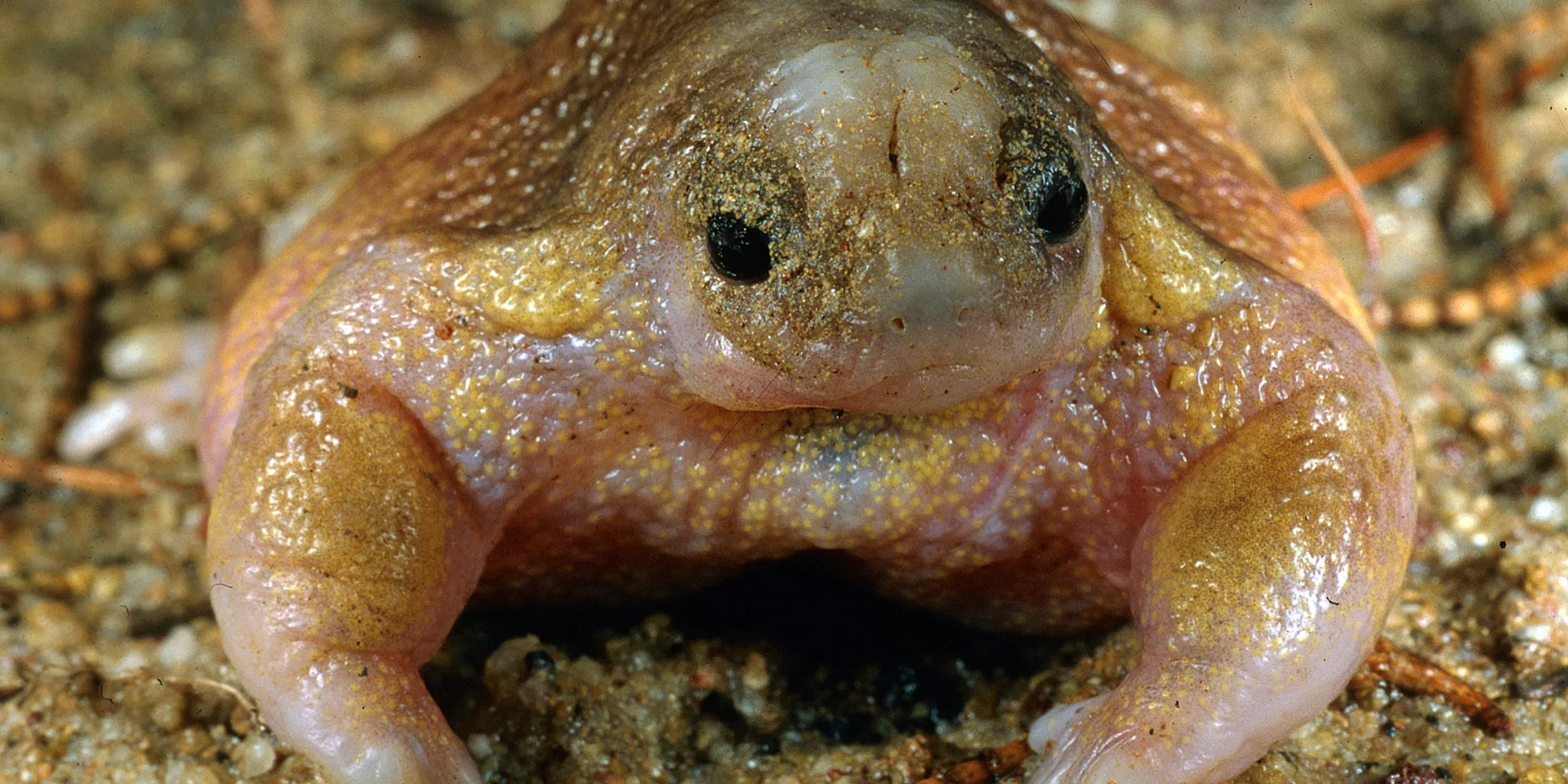3-12 November FrogID Week #
This week is Frog ID Week - the Australian Museum’s flagship citizen science project. Volunteers are encouraged to record and upload frog calls to the free FrogID app, so that scientists can identify and map native frog species, providing valuable data to protect and conserve frogs in the future. Australia has more than 240 species of native frog, and many of them are under threat.
Trillion Trees Restoration Manager, Julian Beasley said that although frogs are an essential part of healthy ecosystems, native frogs are struggling to survive.
“Monitoring frog populations helps us to understand the impacts of environmental degradation, wildlife disease and climate change,” explains Julian.
“Frogs are bio-indicators, which means they alert us to changes in the environment. They are one of the first species to feel the impact of changes in climate and habitat so a decline in frog populations indicates that their environment is under threat and in need of help.”
Biodiversity loss is having a dramatic impact on ecosystem health and human wellbeing.
"If we don't take more action to protect and restore native frog habitats, the continuing decline in frog species are likely to have serious consequences for terrestrial and freshwater ecosystem functioning, and, ultimately, human wellbeing,” warns Julian.
Changes in frog populations can be used as a measuring tool to determine water quality, which directly impacts the health of animal and human communities.
Frogs live in areas that are conducive to the growth of potentially harmful bacteria, so scientists are studying their skin secretions to understand how they protect themselves from invasion by disease-causing micro-organisms. Frog-skin secretions are even being explored in the development of drugs to help fight infection, release insulin, regulate heart function and cure diseases, such as cancer.

Native Frogs in WA #
Western Australia’s turtle frog, Myobatrachus gouldii, (pictured) is a most unusual looking animal. It has the appearance of a small turtle without a shell and lives almost entirely underground in Banksia Woodlands.
Found almost exclusively in sandy soils and often associated with termite colonies, this species of frog is one of the few frogs that skips the tadpole stage, and therefore can inhabit sandy areas without free standing water.
“We have been working closely with Whiteman Park for more than 20 years to restore Banksia Woodlands and provide more habitat for Turtle frogs in the Swan Coastal Plain,” added Julian.
There are many and diverse native frog species that inhabit the Bennet Brook Wetland System adjacent to our Mandoon Moitch Restoration Project.
Frogs in your home garden #
Frogs are carnivores and feast primarily on insects which means they can provide a natural means of pest control in your garden. A single frog can eat over 10,000 insects during a single season!
“You can attract frogs to your urban forest by providing an accessible source of fresh water, out of direct sunlight. If you don't have a pond or other built-in water source, place some large, shallow dishes of water in a shady area of your garden,” explains Julian.
Planting low native plants, grasses and groundcovers will provide protection and insects for frogs to eat. 'Strappy' natives, and sedges such as Juncus pallidus (pale rush) and Ficinia nodosa (Knotted club rush) will help to create the perfect frog friendly habitat in your garden. Purchase these native plants from our Native Plant Nursery in Hazelmere and build your own frog friendly urban Forest at home.

